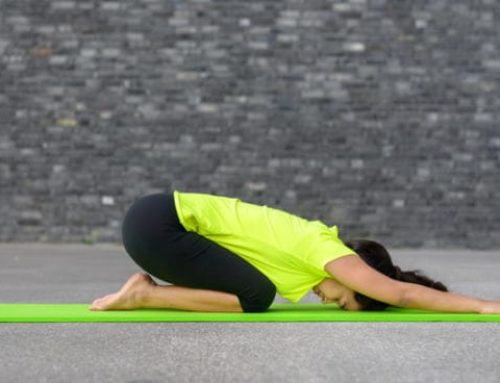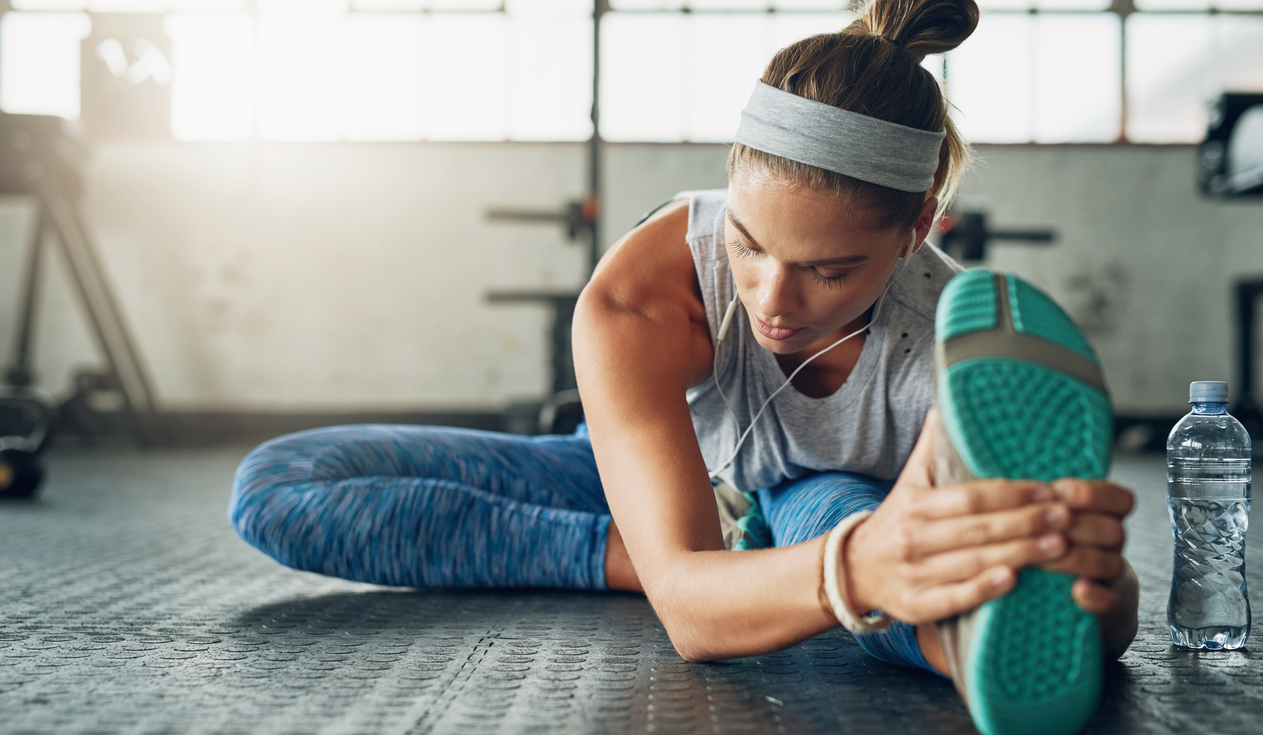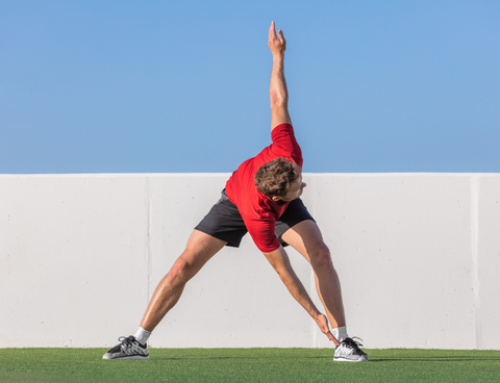Prevent Injury and Build Strength With Self-Myofascial Release
Since the invention of the foam roller, athletes have frequently heard about “self-myofascial release.” But they may not understand what it is and why elite athletes, like Chicago Bulls star Luol Deng, include it in their routines.
Self-myofascial release [foam rolling] is a safe and effective form of soft tissue treatment that prevents injury and keeps muscles growing. Soft tissue, called fascia, is present in connective tissue, providing support and protection for muscles. Strength training breaks down muscle fibers, often causing knots during the recovery phase if not properly treated. Self-myofascial release eliminates knots in muscles, ensuring proper growth and development. Athletes can use a soft foam roller or PVC pipe to massage these knots before or after training.
Deng foam rolls frequently. “It hurts a lot, but he is able to accomplish what he needs to as far as soft tissue work in a shorter period of time,” says EFT Sports Performance founder and Deng trainer Elias Karras.
Karras cautions against rushing through the process, which he sees many young athletes doing. Also, he says, “they tend to roll past the point where it hurts. Actually, you should hold it in the area where it hurts the most, so you can break [the knot up]” before continuing to foam roll. Karras focuses on the IT bands, calf muscles, Achilles, “and a lot of hamstring, glute and hip work.”
Don’t go overboard with foam rolling. Some areas of the body don’t have enough tissue to warrant the exercise. Dr. Ryan Hoover, a chiropractor with Back and Body Health, says, “Two key points I always recommend is that we always want to avoid bony tissues, and [avoid] the head of the hip and the side of the knee.”
Watch Karras explain Deng’s foam rolling work below, followed by Dr. Hoover’s thoughts on this important tool for recovery and injury prevention.
Luol Deng Foam Rolling
- Start with foam roller and advance to PVC tubing
- Don’t rush through the exercise
- Hold roller in position where pain is present
- Focus on rolling calves, Achilles, hips, glutes, hamstrings and other muscles, as needed
Dr. Ryan Hoover on Foam Rolling
- Focus on all major muscles
- Avoid bony areas of body
- Apply pressure to the point of slight discomfort
Reps/Sets: 1×30 seconds for each muscle
Photo: fit-pro.com
RECOMMENDED FOR YOU
MOST POPULAR
Prevent Injury and Build Strength With Self-Myofascial Release
Since the invention of the foam roller, athletes have frequently heard about “self-myofascial release.” But they may not understand what it is and why elite athletes, like Chicago Bulls star Luol Deng, include it in their routines.
Self-myofascial release [foam rolling] is a safe and effective form of soft tissue treatment that prevents injury and keeps muscles growing. Soft tissue, called fascia, is present in connective tissue, providing support and protection for muscles. Strength training breaks down muscle fibers, often causing knots during the recovery phase if not properly treated. Self-myofascial release eliminates knots in muscles, ensuring proper growth and development. Athletes can use a soft foam roller or PVC pipe to massage these knots before or after training.
Deng foam rolls frequently. “It hurts a lot, but he is able to accomplish what he needs to as far as soft tissue work in a shorter period of time,” says EFT Sports Performance founder and Deng trainer Elias Karras.
Karras cautions against rushing through the process, which he sees many young athletes doing. Also, he says, “they tend to roll past the point where it hurts. Actually, you should hold it in the area where it hurts the most, so you can break [the knot up]” before continuing to foam roll. Karras focuses on the IT bands, calf muscles, Achilles, “and a lot of hamstring, glute and hip work.”
Don’t go overboard with foam rolling. Some areas of the body don’t have enough tissue to warrant the exercise. Dr. Ryan Hoover, a chiropractor with Back and Body Health, says, “Two key points I always recommend is that we always want to avoid bony tissues, and [avoid] the head of the hip and the side of the knee.”
Watch Karras explain Deng’s foam rolling work below, followed by Dr. Hoover’s thoughts on this important tool for recovery and injury prevention.
Luol Deng Foam Rolling
- Start with foam roller and advance to PVC tubing
- Don’t rush through the exercise
- Hold roller in position where pain is present
- Focus on rolling calves, Achilles, hips, glutes, hamstrings and other muscles, as needed
Dr. Ryan Hoover on Foam Rolling
- Focus on all major muscles
- Avoid bony areas of body
- Apply pressure to the point of slight discomfort
Reps/Sets: 1×30 seconds for each muscle
Photo: fit-pro.com












